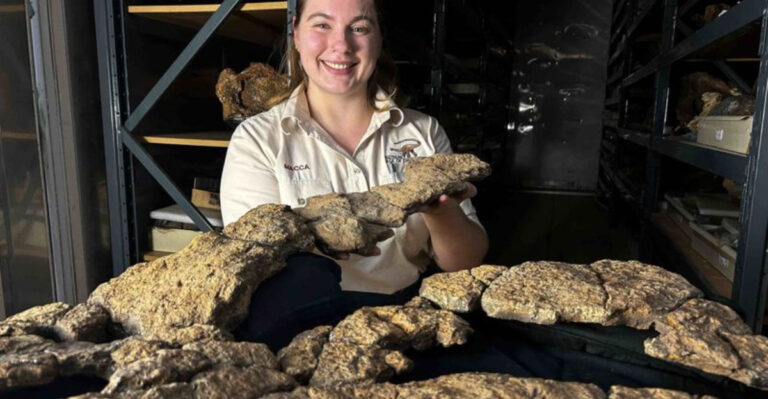The Rise Of Backyard Beekeeping: How Americans Are Saving Pollinators One Hive At A Time

Across America, ordinary people are buzzing with excitement over a sweet new hobby that helps our planet.
Backyard beekeeping has grown from a niche interest to a nationwide movement that’s helping save crucial pollinators. As bee populations face threats from pesticides, habitat loss, and climate change, everyday Americans are stepping up to create safe havens for these tiny but mighty creatures.
1. Starter Hive Kits Simplify The Learning Curve
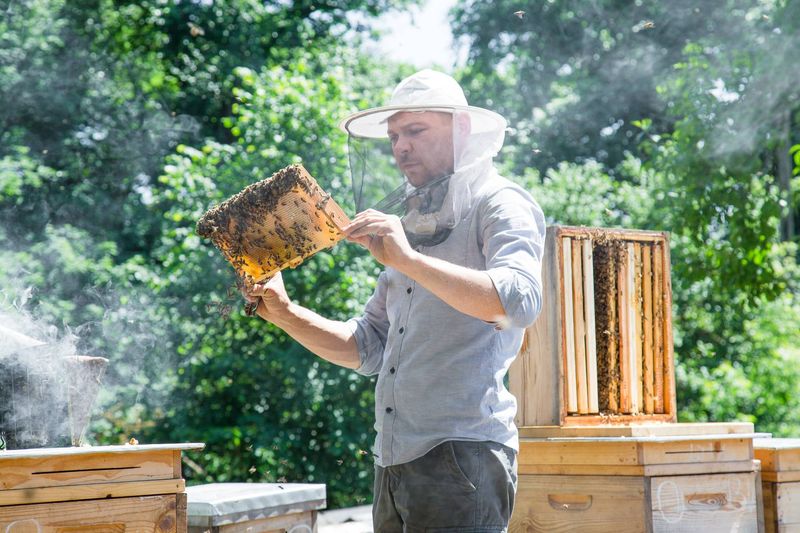
Ready-to-assemble beekeeping kits have revolutionized how beginners enter the hobby. These all-in-one packages include everything from hive bodies to protective gear, making what was once intimidating now accessible.
Many kits come with step-by-step guides and online support communities. Local hardware stores and garden centers increasingly stock these starter options, removing barriers to entry for curious bee enthusiasts.
2. Community Gardens Reserve Space For Hives
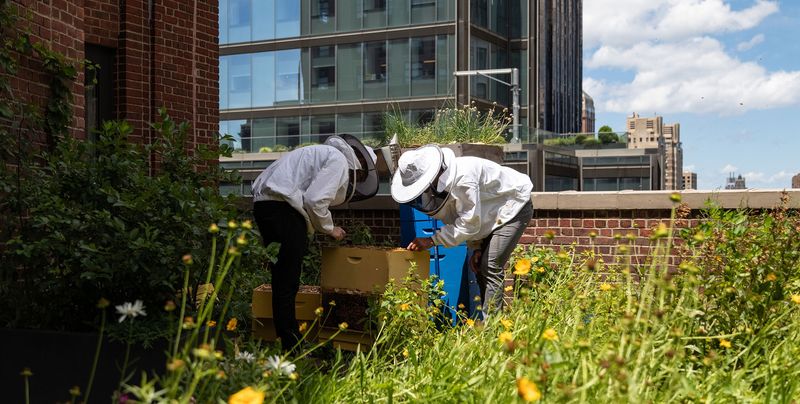
Urban community gardens are carving out dedicated sections for shared beehives. These collaborative spaces allow apartment dwellers and those with small yards to participate in beekeeping without needing private land.
Garden members often split responsibilities and honey harvests. The arrangement creates perfect pollination partnerships – vegetables thrive with nearby bees, and the bees enjoy diverse flowering plants year-round.
3. Schools Embrace Educational Apiaries
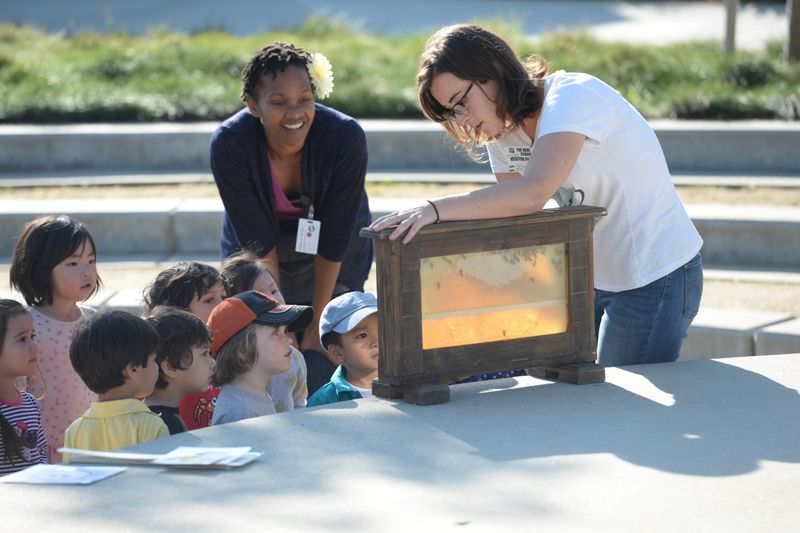
From elementary to high school, educational institutions now incorporate observation hives into science curricula. Students witness bee communication, honey production, and colony dynamics through safe glass-walled hives.
Young beekeepers learn hands-on biology, ecology, and agriculture. Many school programs partner with local beekeepers who mentor students and help maintain hives during summer breaks, creating lifelong environmental stewards.
4. Native Bee Houses Support Wild Pollinators
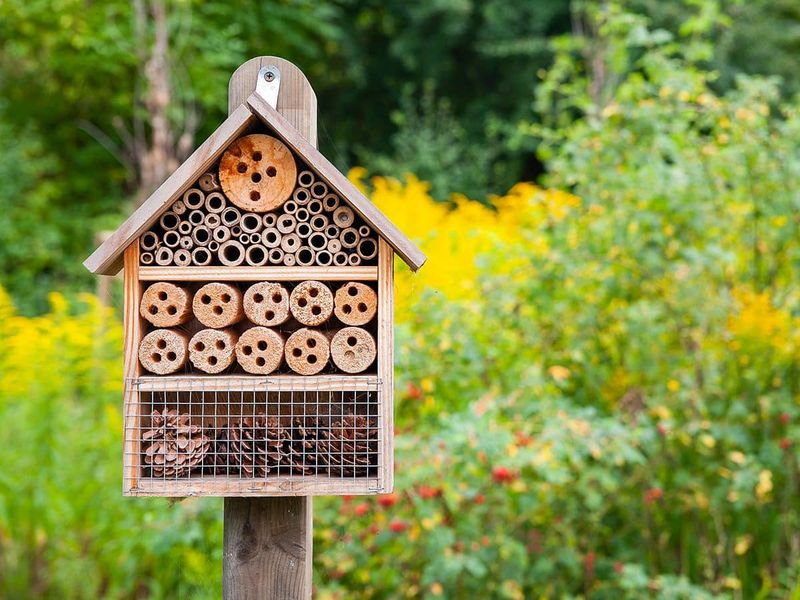
Beyond honeybees, Americans are creating homes for native bees like mason and leafcutter varieties. These solitary bees don’t produce honey but are super-efficient pollinators that need different accommodations than honeybees.
Small wooden houses with hollow tubes mimic natural nesting sites. Unlike honeybee hives, these structures require minimal maintenance while supporting local ecosystems and biodiversity with pollinators that evolved alongside native plants.
5. Pollinator-Friendly Landscaping Complements Hives
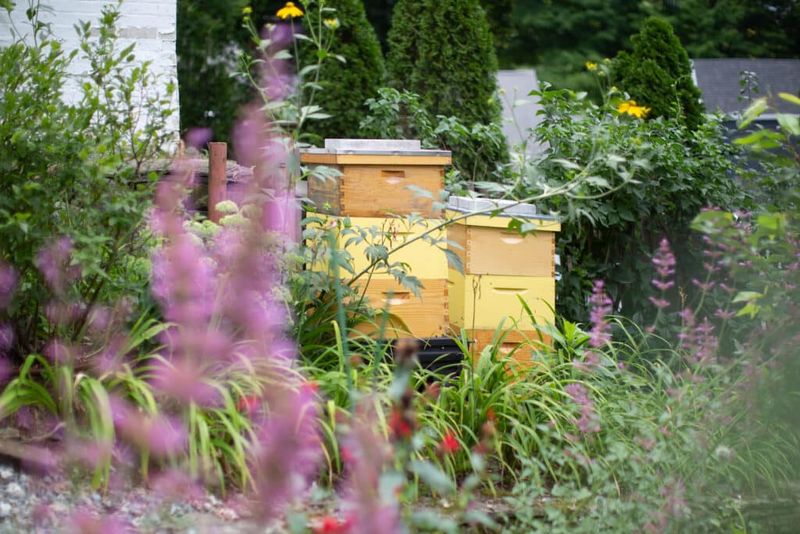
Smart beekeepers plant strategic gardens that flower throughout the seasons. By selecting native plants that bloom in succession, they ensure bees have continuous food sources from early spring through late fall.
Favorites include early crocus, mid-season lavender, and late-blooming asters. Many beekeepers have transformed traditional lawns into meadows with clover and wildflowers, creating bee buffets that neighbors admire for their beauty.
6. Neighborhood Honey Co-ops Share Resources
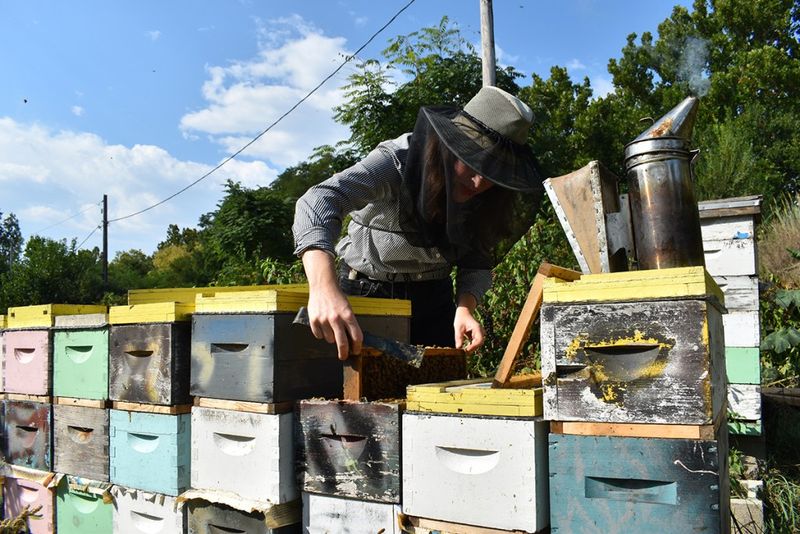
Beekeeping neighbors are forming micro-cooperatives to share equipment costs and expertise. Instead of everyone purchasing extractors and other expensive processing tools, these groups invest collectively and schedule harvest days together.
Members trade different honey varieties based on their yard’s unique flower mix. These co-ops often become social hubs, with harvest parties and tasting events that build community connections while spreading beekeeping knowledge.
7. Chemical-Free Pest Management Protects Colonies
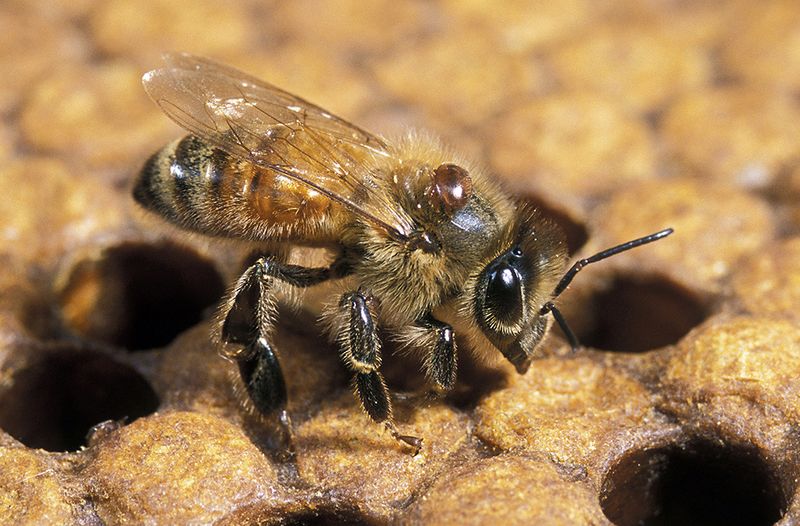
Forward-thinking beekeepers are pioneering natural methods to combat varroa mites and other bee threats. Essential oil treatments, screened bottom boards, and strategic brood breaks help control pests without harsh chemicals.
Some beekeepers introduce beneficial insects that prey on hive pests. This holistic approach produces cleaner honey while developing stronger, naturally resistant bee colonies that don’t rely on synthetic miticides which can accumulate in wax.
8. Rooftop Hives Transform Urban Spaces
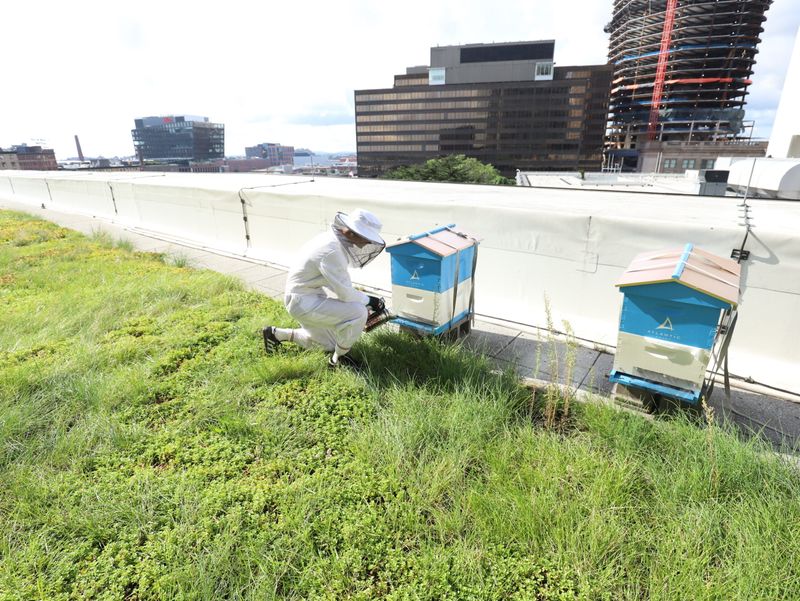
City skylines now feature unexpected apiaries atop restaurants, office buildings, and apartment complexes. These elevated locations provide safe havens for bees away from street-level disturbances while utilizing otherwise unused space.
Urban honey often develops unique flavor profiles from the diverse city plantings. Rooftop beekeepers report their bees forage in city parks, botanical gardens, and window boxes up to three miles away, connecting urban green spaces.
9. Bee-Focused Technology Monitors Hive Health

Tech-savvy beekeepers now use sensors that track hive temperature, humidity, and weight. These devices send alerts to smartphones when conditions change, allowing for quick intervention before problems escalate.
Some systems include microphones that monitor buzz frequencies indicating colony health. This technology helps new beekeepers learn faster while collecting valuable data that researchers use to understand broader bee population trends and behavior patterns.
10. Businesses Sponsor Employee-Run Hives
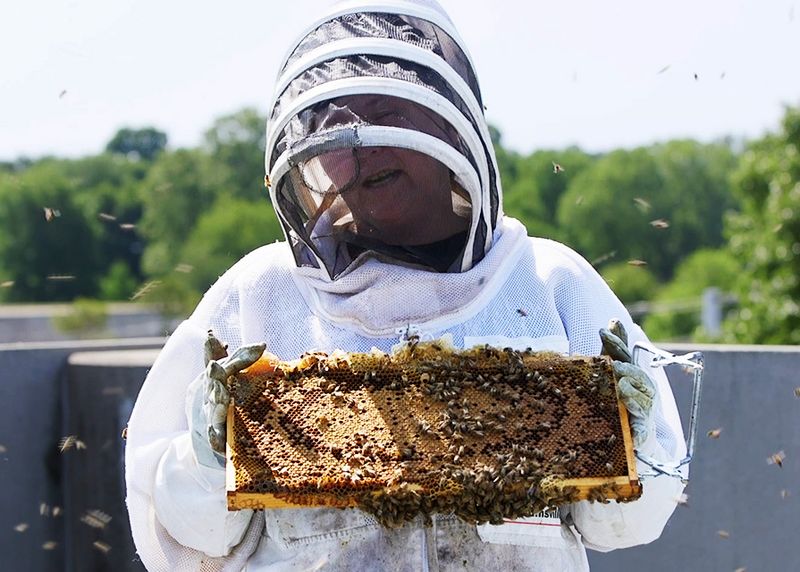
Companies are installing beehives on corporate campuses as sustainability initiatives. Employee volunteers maintain these hives during lunch breaks or dedicated “green time” built into work schedules.
The resulting honey often appears in company cafeterias or as client gifts. These programs build team cohesion while demonstrating environmental commitment. Some businesses report improved employee satisfaction and unexpected problem-solving skills developed through beekeeping.
11. Honey Festivals Celebrate Local Pollinators
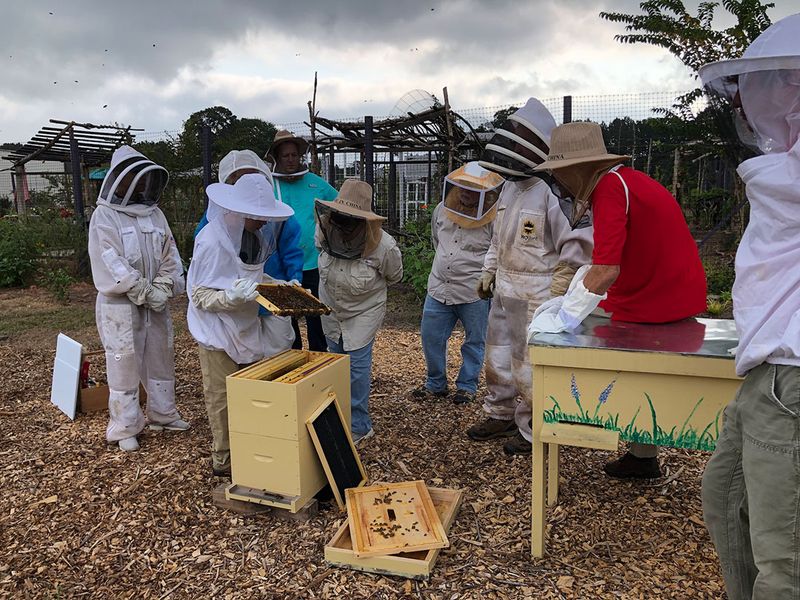
Communities nationwide now host annual honey festivals showcasing local beekeepers’ products. These events feature honey tastings, hive demonstrations, and workshops on beeswax crafts and mead making.
Children enjoy bee-themed activities while adults learn about starting their own hives. Beyond promoting local honey, these festivals educate thousands about pollinator conservation while connecting consumers directly with the beekeepers who steward their local ecosystems.
12. Bee Rescue Services Rehome Unwanted Swarms
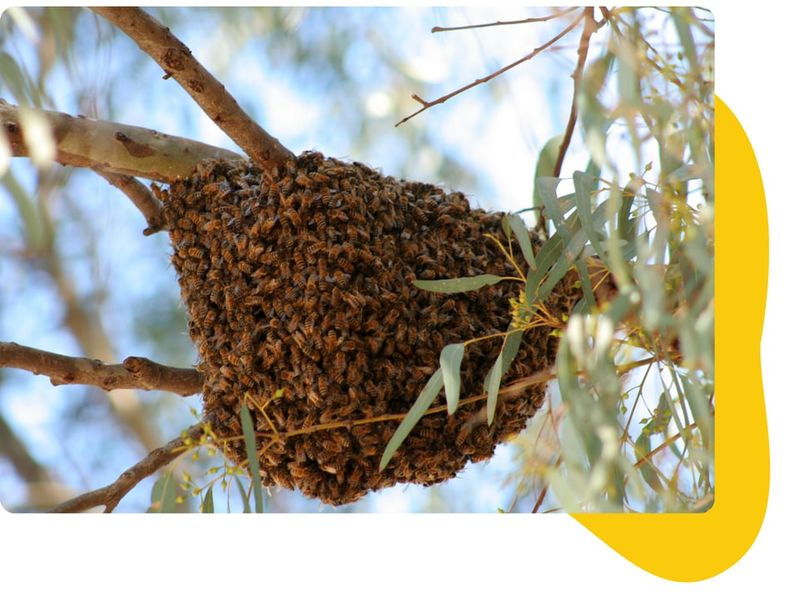
Volunteer bee rescuers now respond to calls about swarms that might otherwise be exterminated. Armed with specialized equipment, these bee saviors safely collect clusters from trees, buildings, and other inconvenient locations.
The captured swarms find new homes in ready hives. Many rescuers maintain waiting lists of eager new beekeepers ready to adopt these homeless colonies, turning potential pest problems into productive pollinator populations while educating homeowners about bee behavior.
13. Honey CSAs Connect Consumers With Keepers
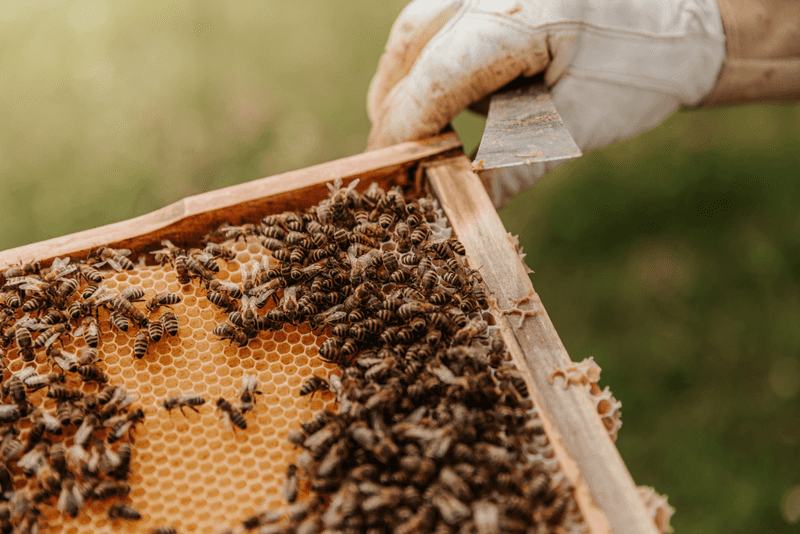
Community Supported Apiculture programs operate like vegetable CSAs – members pay upfront for a season’s honey share. This provides beekeepers with operating capital while guaranteeing consumers pure local honey.
Many honey CSAs include seasonal varieties reflecting different bloom periods. Members receive educational newsletters about pollinator conservation alongside their honey deliveries, creating invested supporters who understand how their food choices impact bee populations.
14. Citizen Science Projects Track Bee Health
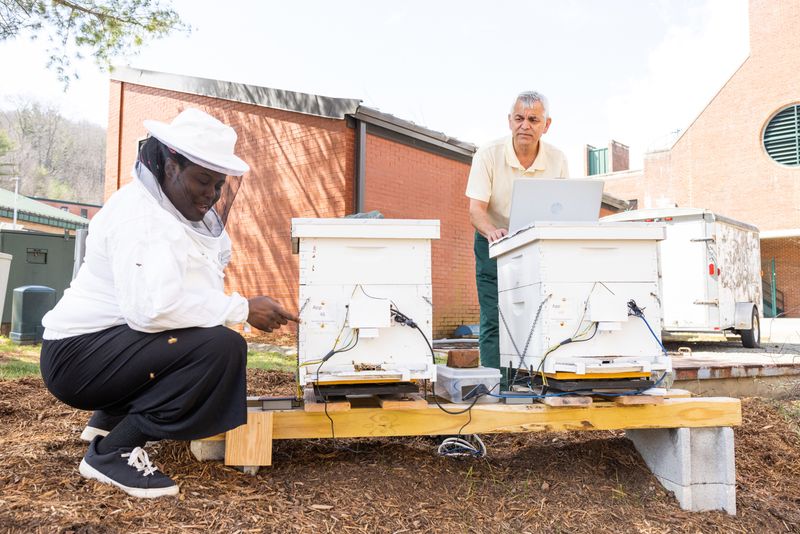
Backyard beekeepers contribute valuable data to research institutions tracking pollinator populations. Using simple observation protocols and smartphone apps, hobbyists record hive activity, flowering plant schedules, and bee species sightings.
This crowdsourced information helps scientists identify trouble spots and success stories across different regions. Participating beekeepers gain deeper understanding of their colonies while contributing to larger conservation efforts that inform policy decisions about pesticide use and habitat protection.
15. Bee-Friendly Municipalities Change Policies

Forward-thinking towns are rewriting ordinances to welcome beekeeping within city limits. These bee-friendly communities adjust fence requirements, setback rules, and hive number restrictions to accommodate responsible beekeepers.
Some municipalities have stopped spraying pesticides in parks and planted pollinator corridors along public rights-of-way. Local governments increasingly consult with beekeeping associations when developing land use plans, recognizing that healthy bee populations benefit everyone through improved urban ecology.


